

Interpretation of Laboratory Analysis of Biosolids Samples
Reviewed
This guide explains how to interpret biosolids lab reports for safe land application and compliance with environmental standards.

Operating Considerations for Biosolids Equipment
Reviewed
This guide provides calculations and equipment considerations for land-applying biosolids based on nutrient targets and application rates
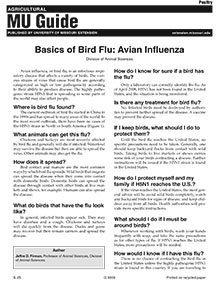
Basics of AI: Avian Influenza
Revised
Avian influenza is a contagious respiratory disease affecting birds, with some strains causing severe illness and high mortality in poultry.
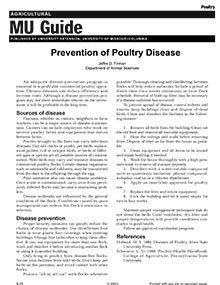
Prevention of Poultry Disease
Reviewed
An adequate disease prevention program is essential to a profitable commercial poultry operation. Chronic diseases can reduce efficiency and increase costs. Learn the sources of poultry diseases and measures that can be taken to prevent them.
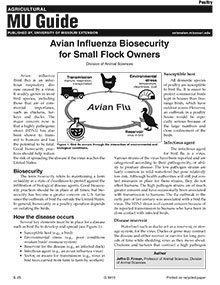
Avian Influenza Biosecurity for Small Flock Owners
Revised
Protect your backyard flock from avian influenza with practical biosecurity tips to reduce disease risks during outbreaks.
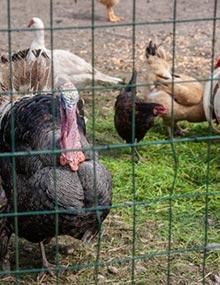
Control of Poultry Disease Outbreaks
Revised
Poultry owners should immediately begin an investigation if a disease is suspected in a flock. Obvious disease signs and symptoms can be identified on the farm, while others may require laboratory assistance for proper diagnosis.
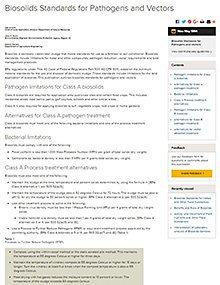
Biosolids Standards for Pathogens and Vectors
Reviewed
Learn how to maintain a healthy, eco-friendly lawn using natural products, proper mowing, soil care, and pest control practices.
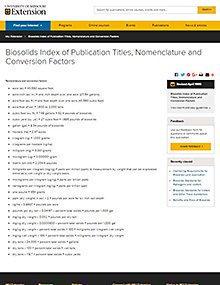
Biosolids Index of Publication Titles, Nomenclature and Conversion Factors
Reviewed
Comprehensive guide to biosolids terminology and conversion factors, aiding in accurate calculations for land application and environmental management.
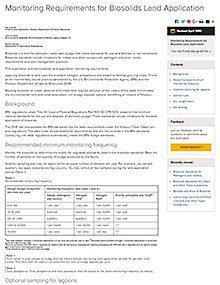
Monitoring Requirements for Biosolids Land Application
Revised
Guidelines for biosolids land application, covering monitoring frequencies, sampling methods, and compliance with EPA and Missouri environmental regulations.

Prevention and Control of Damage From Wind Erosion in Cotton
Reviewed
Strategies for preventing and controlling wind erosion in cotton include windbreaks, cover crops, conservation tillage, and mechanical methods.

Sulfur and Boron Fertilization on Cotton
Reviewed
Learn how sulfur and boron fertilization improve cotton yields, including soil test recommendations and deficiency symptoms to optimize cotton production.

Cotton Plant Development and Plant Mapping
Reviewed
Learn about cotton plant growth, development, and mapping techniques to optimize management and yield in Missouri’s short-season environment.
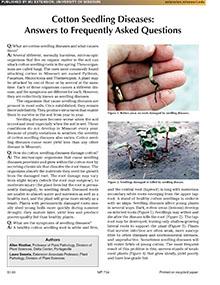
Cotton Seedling Diseases: Answers to Frequently Asked Questions
Reviewed
What are cotton seedling diseases and what causes them?
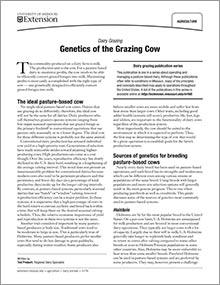
Dairy Grazing: Genetics of the Grazing Cow
Reviewed
This guide explores selecting dairy cows with genetics suited for pasture-based systems, emphasizing traits like fertility, size, and adaptability.
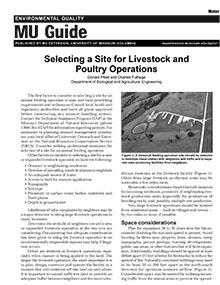
Selecting a Site for Livestock and Poultry Operations
Reviewed
Learn key factors for selecting a site for livestock and poultry operations, including distance from neighbors, topography, and water access.
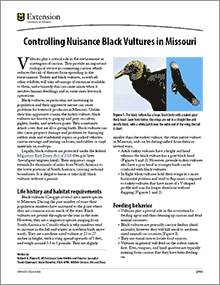
Controlling Nuisance Black Vultures in Missouri
New
Learn how to manage nuisance black vultures in Missouri, addressing issues like livestock depredation and property damage, and explore legal control methods.
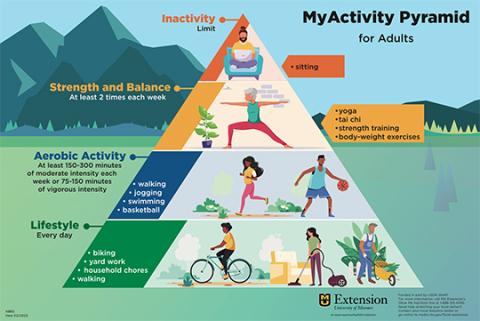
MyActivity Pyramid for Adults (18-64) Poster
New $33
Encourages adults 18–64 to meet activity guidelines with aerobic, strength, and flexibility exercises while limiting inactivity
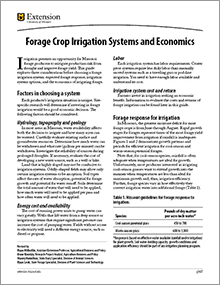
Forage Crop Irrigation Systems and Economics
Revised
Before choosing a forage irrigation system to mitigate drought risk, explore expected forage response to irrigation, equipment options and the economics.
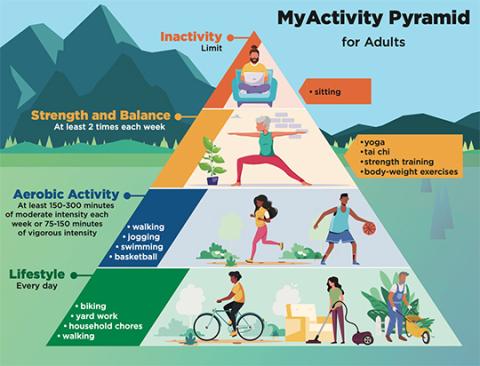
MyActivity Pyramid for Adults (18-64) (Bundle of 25)
Revised $12
Get tips for adults on meeting physical activity guidelines with exercises for strength, flexibility, and aerobic health.
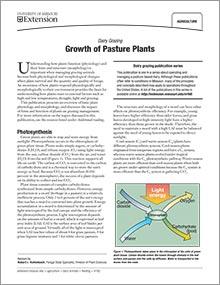
Dairy Grazing: Growth of Pasture Plants
Reviewed
This publication offers insights into plant physiology and morphology, emphasizing their impact on grazing management.
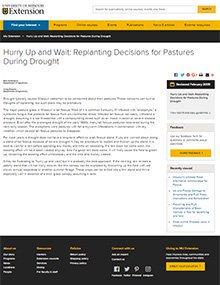
Hurry Up and Wait: Replanting Decisions for Pastures During Drought
Reviewed
Drought typically causes Missouri cattlemen to be concerned about their pastures. These concerns can turn to thoughts of replanting, but such plans may be premature.
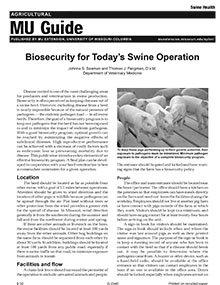
Biosecurity for Today’s Swine Operation
Reviewed
Disease control is one of the most challenging areas for producers in swine production. Visit our site to learn about Biosecurity for Today’s Swine Operation.

A Guide to the Common Forages and Weeds of Pastures
Reviewed $30
Editor's note
The following abstract describes a publication that is only available for purchase.

Managing Purchased Feeder Pigs
Reviewed
Learn how to reduce stress and improve performance in feeder pigs through proper buying, handling, and management practices from purchase to market.
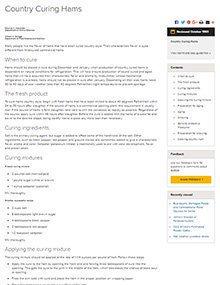
Country Curing Hams
Reviewed
Many people like the flavor of hams that have been cured country style. Visit our site to learn about Country Curing Hames.